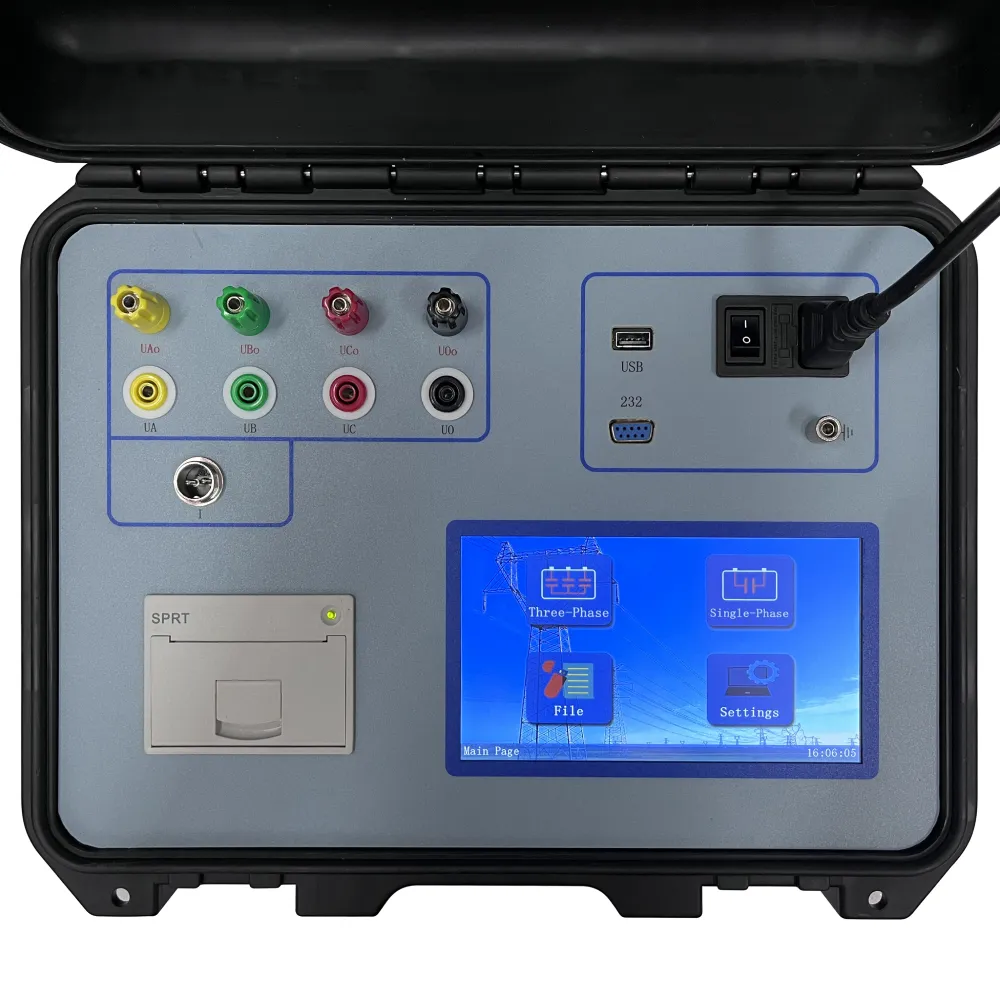 English
English


distillation device
Understanding Distillation Devices A Comprehensive Overview
Distillation is a fundamental process used for separating components of a liquid mixture based on differences in their boiling points. This technique is widely applied in both laboratory and industrial settings to purify liquids, recover solvents, or produce essential chemicals. At the heart of this process lies the distillation device, an apparatus designed to facilitate efficient separation of volatile substances. This article will delve into the types, workings, and applications of distillation devices, highlighting their significance in various sectors.
Types of Distillation Devices
There are several types of distillation devices, each suited for specific applications
1. Simple Distillation Apparatus This is the most basic form of distillation, consisting of a distillation flask, a condenser, and a receiving flask. It is ideal for separating liquids that have significantly different boiling points (usually by more than 25°C). Simple distillation is often used in laboratories for purifying solvents and essential oils.
2. Fractional Distillation Apparatus When dealing with mixtures of liquids that have closer boiling points, fractional distillation is employed. This device incorporates a fractionating column between the distillation flask and the condenser. The column allows for repeated condensation and vaporization of the mixture, enhancing the separation process. Fractional distillation is widely used in the petrochemical industry for refining crude oil into gasoline, diesel, and other fractions.
3. Vacuum Distillation Apparatus In cases where heat-sensitive materials need to be distilled, vacuum distillation is preferred. By reducing the pressure within the system, the boiling points of liquids are lowered, allowing for distillation at lower temperatures. This technique is particularly valuable in the pharmaceutical industry for purifying high-boiling compounds without decomposing them.
4. Steam Distillation Apparatus This method is primarily used for extracting essential oils from plants. In steam distillation, steam is introduced into the distillation apparatus, and as it passes through the plant material, it entrains the volatile compounds. The mixture of steam and essential oil is then condensed and collected. This technique is favored because it avoids the need for high temperatures that could damage sensitive botanical constituents.
How Distillation Devices Work
The fundamental principle behind distillation devices is the phase change from liquid to vapor and back to liquid. The process begins by heating the liquid mixture in a flask, causing the more volatile components to vaporize. These vapors then rise through the distillation apparatus, typically encountering a cooling system like a condenser, where they lose heat and revert to liquid form. The cooled liquid, or distillate, is then collected in a separate vessel.
distillation device

Key variables influencing the efficiency of distillation include temperature, pressure, and the design of the apparatus. For optimal separation, the choice of distillation method should align with the physical and chemical properties of the target substances.
Applications of Distillation Devices
Distillation devices have a wide array of applications across different fields
- Chemical Industry They are crucial for producing high-purity solvents, chemicals, and fuels. Distillation plays an essential role in the synthesis and purification of various organic compounds.
- Pharmaceutical Industry Vacuum distillation is commonly used to purify sensitive compounds, ensuring that the integrity of active ingredients is maintained throughout the manufacturing process.
- Food and Beverage Industry Distillation is vital in the production of spirits, essential oils, and food flavors. It ensures that the final products possess the desired quality and safety.
- Environmental Applications Distillation is used in the treatment of wastewater and the recovery of valuable solvents, contributing to sustainable practices.
Conclusion
In summary, distillation devices are indispensable tools in the separation and purification of liquids. From simple setups in laboratories to complex systems in industrial applications, these devices facilitate essential processes that underlie many sectors, including chemicals, pharmaceuticals, and food production. As technology advances, the efficiency and versatility of distillation methods continue to improve, ensuring their relevance in a rapidly evolving world. Understanding the workings and applications of distillation devices can empower various industries to optimize their operations and maintain high standards of quality and safety.
-
Differences between open cup flash point tester and closed cup flash point testerNewsOct.31,2024
-
The Reliable Load Tap ChangerNewsOct.23,2024
-
The Essential Guide to Hipot TestersNewsOct.23,2024
-
The Digital Insulation TesterNewsOct.23,2024
-
The Best Earth Loop Impedance Tester for SaleNewsOct.23,2024
-
Tan Delta Tester--The Essential Tool for Electrical Insulation TestingNewsOct.23,2024





